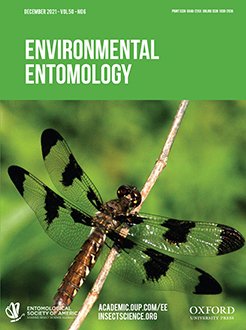Bumblebees are important pollinators of agricultural crops and wildflowers, but many species are in decline. Neonicotinoid insecticides are the most commonly used insecticide globally and can have negative sublethal effects on bumblebee colony growth and reproduction. Individual bumblebees can visit hundreds to thousands of flowers a day to forage for their colony. As such, they are a model species for studying optimal foraging, and small impairments to an individual's foraging decisions may have compounding effects on the colony's nutritional intake. We exposed bumblebees (Bombus impatiens) to an acute, field-realistic dose of the neonicotinoid insecticide imidacloprid, before allowing them to forage on an artificial floral array. We found that neonicotinoid-exposed bumblebees made suboptimal foraging decisions, as they were more likely to visit flowers located further apart than control bees.This indicates that for a given flower patch, individual bees exposed to a neonicotinoid will likely use more energy and forage less efficiency than unexposed bees, although further studies that directly measure energetic cost are required to confirm this. Given the robust and growing body of evidence demonstrating negative sublethal effects of neonicotinoids on bees, sublethal assessments on non-Apis bees should be made mandatory within the regulatory process.
How to translate text using browser tools
6 September 2021
Bumblebees Exposed to a Neonicotinoid Pesticide Make Suboptimal Foraging Decisions
Harry Siviter,
Anthony K. Johnson,
Felicity Muth
ACCESS THE FULL ARTICLE
It is not available for individual sale.
This article is only available to subscribers.
It is not available for individual sale.
It is not available for individual sale.

Environmental Entomology
Vol. 50 • No. 6
December 2021
Vol. 50 • No. 6
December 2021
bee behaviour
Bombus
imidacloprid
insecticide
learning
optimal foraging





